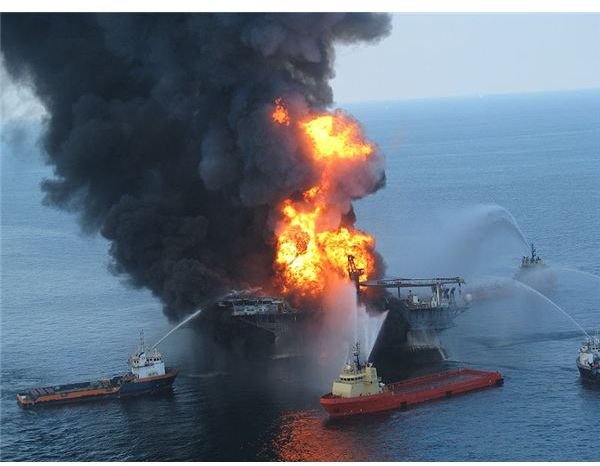The Harms of Oil Drilling and their Damaging Consequences
What Happens when Potential Harms of Oil Drilling Turn into Reality?
Oil drilling, which can lead to oil spills, is the very reasons why the oil drilling moratorium was imposed by Congress in 1981. This potential harm became a reality when it was once again manifested by another accident in the Gulf of Mexico last April 22, 2010. Ironically, the BP oil rig sunk on Earth Day itself, April 24, 2010. The accident and the resulting oil spill is currently causing overwhelming damage to the ocean, to the coastal shores of Mississippi and to the marshes and wetland of Louisiana including all marine and aquatic inhabitants found therein.
This particular harm of oil drilling is only a repetition of other oil drilling mishaps in the past. Each accident is touted as “the worst in the oil drilling industry” yet it happens over and over. Regulatory authorities noted that they were explosion accidents similar to those that had previously happened but were downplayed for less public attention.
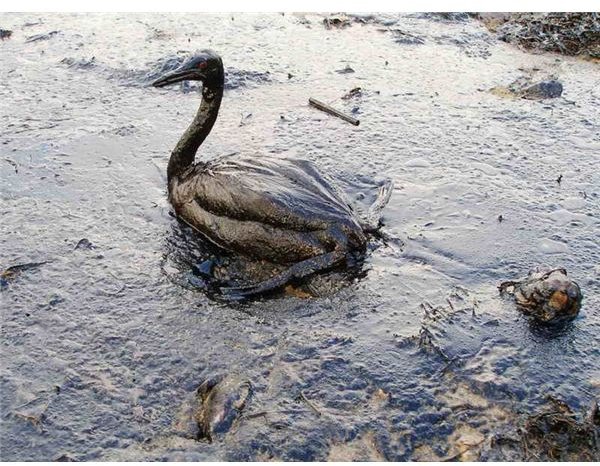
At least one thousand barrels of oil is said to be spilling into the ocean daily, but the Environmental Protective Agency (EPA) is assuring the public that the most efficient and expedient method is being employed to get rid of the oil in all areas affected. EPA wants to make sure that it will not cause further harm to human, marine and aquatic communities. All recommended processes of oil removal undergo technical evaluation before they are implemented. Clean-up dispersants currently in use have been tested as having the least amount of toxicity.
The Potential Harms of Oil Drilling to Marine Life

What other harms of oil drilling visit marine life, aside from oil spills caused by oil rig accidents? Offshore drilling makes use of drilling platforms constructed of materials that create an abnormal fixture on the ocean floor. The installation of the apparatus that supports the drilling platform underneath displaces marine creatures out of their natural habitats. The drilling developments and maintenance of these platforms alone cause hazardous materials to contaminate the ocean water.
One example is the so-called drilling mud which is a substance used to lubricate and cool the drill bits and pipes. The substance is also necessary to act as a sealant to prevent parts of the apparatus at the bottom of the oil well from blowing out. The harms of oil drilling are already present once these platforms are constructed because they make use of hazardous materials that release toxic chemicals, discharge contaminated drilling waste fluids and metal cuttings. These wastes are considered toxic because they contain mercury, lead and chromium. These are hazardous substances and hazardous wastes that are part of the oil drilling operation’s day to day activities.
Alaska’s oil workers themselves vehemently opposed the proposed opening of Alaska’s National Arctic Wildlife Refuge for oil leasing development. They disclosed that oil rig operators often use cost cutting measures in the development and design of structures as well as defer maintenance measures to fix leaking and stuck valves. Either way, both of these scenarios pose potential harms to marine and aquatic life.
Environmental Degradations Caused by Oil Drillings
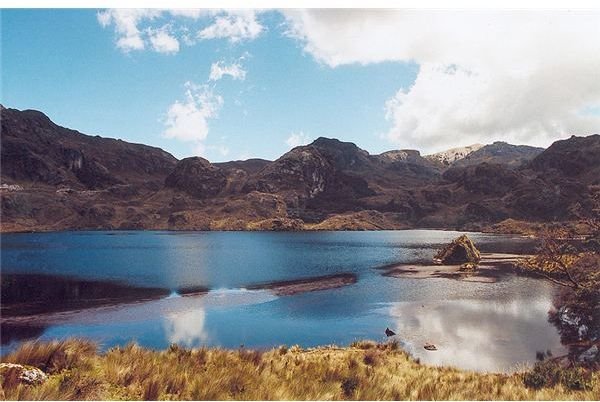
Oil drilling harms are caused not only by offshore oil drilling projects but also by those that take place on land. Ecuador is a country greatly affected by environmental degradation. The Sierra highlands of the Amazon region is said to be in a complete stage of deforestation. The trees in the rain forests are being cut down by foreign oil companies at an approximate rate of 340,000 hectares a year just to supply wood for construction, fuel, roads and furniture.
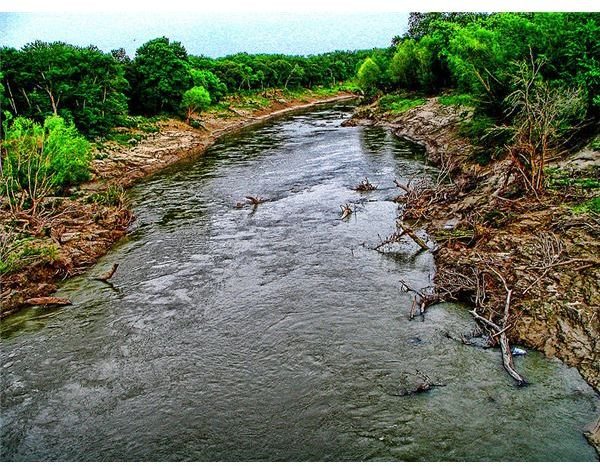
The Amazon River is contaminated by the amount of oil discharged by ruptured major pipelines that has spilled an estimated 16.80 million gallons of oil for 18 years. In fact, there are numerous cases filed against major oil companies operating in Ecuador. They were filed in courts by indigenous tribes and other private groups working for the arrangement of “debt-for-nature swaps” in order to protect their environment from further degradation.
Similar cases of environmental degradation, destruction of ecosystems and endangerment of wildlife and plant species are happening in other oil producing countries like Nigeria, Colombia, Kazakhstan and many others just to name a few. Most of them have opened their resources to foreign oil companies to augment their oil production revenues.
Other Harmful Effects of Oil Drilling
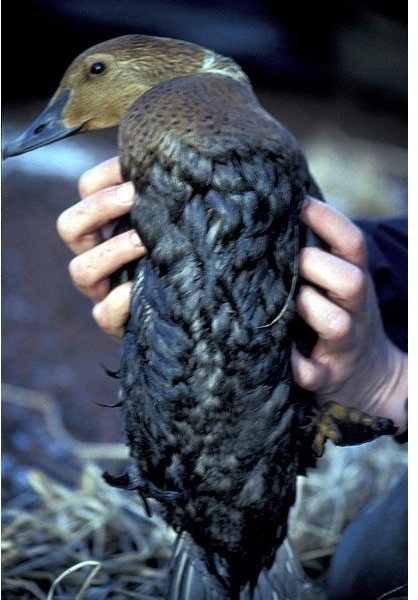
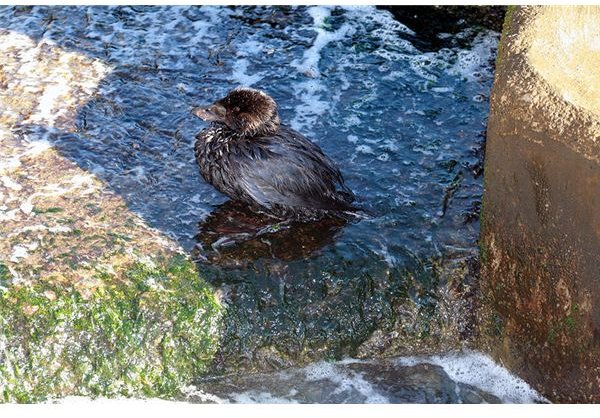
-
Most coastal communities rely on tourism and real estate trade. Oil drilling and its large footprint in employing thumper trucks carrying seismic equipment can destroy their landscape, their deep sea diving locations and view. This will make their communities less appealing to tourists and prospective real estate investors.
-
As landscapes and natural wildlife habitats of migrating birds are destroyed, so do the economic conditions of communities that rely on tourists. Visitors coming from all over engage in recreational activities by hunting, angling and wildlife-watching in their communities. The decline in game population and migrating wildlife saw the related decline in their tourism industry.
-
Oil drilling on land has also affected some wildlife that chanced upon open waste water pits that contained hazardous chemicals used in oil drilling projects.
-
Emissions of oil drilling equipment include sulfur oxide particulates, nitrogen oxides and benzene. Flare-offs to regulate gas pressures expelled heavy metal residues and toxic substances in the air.
Untold Harms of Oil Drilling Workers
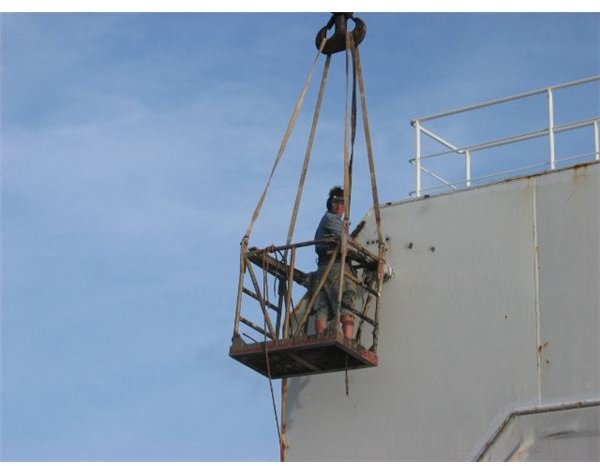

Another harm of oil drilling is that the public is often kept in the dark about is the dangers oil rig workers encounter. Oil rig worker accidents in oil drilling projects were often downplayed. This is to avoid creating more negativity associated with oil rig jobs. According to the Mineral Management and Services, their records show that fatal accidents are sudden and violent. These fatalities occur in fires and explosions at a rate of twice a week.
Other fatalities involve encounters with sea creatures that can cause breathing apparatus to malfunction. Other accidents occur because of damaged equipment. One welder made a fatal mistake of cutting a hole in the oil rig structure, unaware it was part of the metal that supported him from underneath. He fell 50 feet from where he was. Some incidents tell of deaths due to hypothermia as lifeboats were driven in the middle of the vast ocean while others were due to helicopter crashes. These incidents were not widely publicized because it will only worsen the shortage of workers in the industry.
Reference Section:
- https://www1.american.edu/ted/projects/tedcross/xoilpr15.htm
- https://na.oceana.org/en/our-work/stop-ocean-pollution/oil-pollution/learn-act/impacts-of-offshore-drilling
- https://www.offshore-environment.com/drillcuttings.html
- https://www.boston.com/news/science/articles/2010/05/17/agency_fell_short_in_oil_rig_checkups/
- https://www.projo.com/opinion/editorials/content/ED_drill17_09-17-08_USBIOON_v7.1a5b1a5.html
- https://www.democracynow.org/2001/4/13/alaska_oil_insiders_expose_the_dangers
Images courtesy of Wikimedia Commons
This post is part of the series: Weighing the Pros and Cons of Oil Drilling
In weighing the pros and cons of the oil drilling debates, each aspect was carefully evaluated. The benefits were concepts that were easily challenged while the potential harms became realities, even before the debate had ended.
